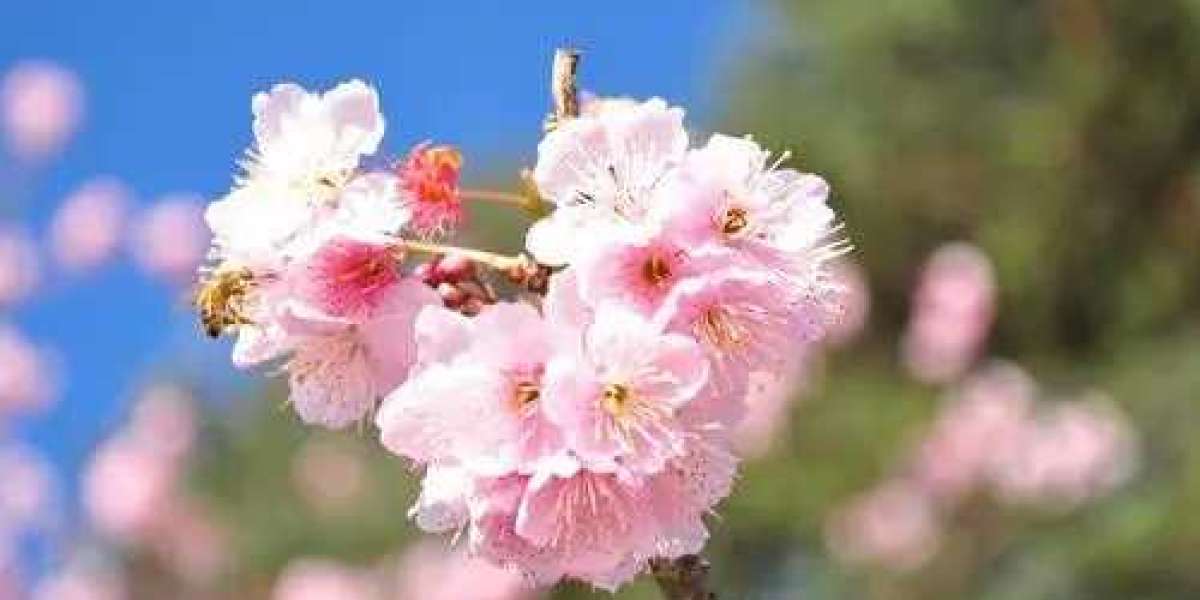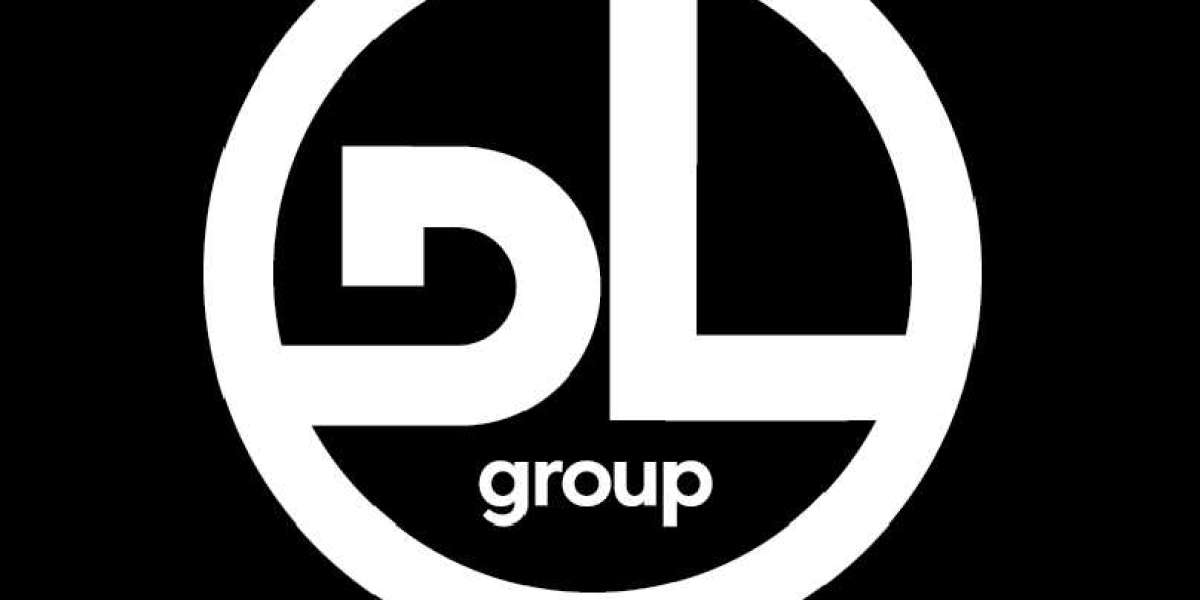crownchampion.com
Potassium (K) fertilizer is commonly added to improve the yield and quality of plants growing in soils that are lacking an adequate supply of this essential nutrient. Most fertilizer K comes from ancient salt deposits located throughout the world. The word "potash" is a general term that most frequently refers to potassium chloride (KCl), but it also applies to all other K-containing fertilizers, such as potassium sulfate (K?SO?, commonly referred to as sulfate of potash, or SOP). And there are many kinds of sulfate raw material for different usages, such as potassium sulphate, magnesium sulphate, zinc sulphate, ammonium sulphate, etc.
Agricultural use
Potassium is needed to complete many essential functions in plants, such as activating enzyme reactions, synthesizing proteins, forming starch and sugars, and regulating water flow in cells and leaves. Often, concentrations of K in soil are too low to support healthy plant growth.
Potassium sulfate is an excellent source of K nutrition for plants. The K portion of the K?SO? is no different from other common potash fertilizers. However, it also supplies a valuable source of S, which protein synthesis and enzyme function require. Like K, S can also be too deficient for adequate plant growth. Further, Cl- additions should be avoided in certain soils and crops. In such cases, K?SO? makes a very suitable K source. Potassium sulfate is only one-third as soluble as KCl, so it's not as commonly dissolved for addition through irrigation water unless there's a need for additional S.
Except for sulphate, there are also many nitrate raw materials, and magnesium nitrate is one of the most widely used one.
Properties
Magnesium nitrate is an inorganic hygroscopic salt, which is composed of magnesium, nitrogen and oxygen with the chemical formula Mg(NO3)2. It naturally occurs in caverns and mines as nitro magnesite. This is not a common form, although it could be present in places where guano comes in contact with magnesium rich rock.
Uses
Magnesium nitrate is primarily used as a dehydrating agent or a desiccant, in the preparation of nitric acid. Apart from this, magnesium nitrate is commonly used as a catalyst in the manufacture of fireworks and petrochemicals. It is also used as viscosity adjusters, intermediates and construction materials.
This inorganic chemical compound finds applications in the agriculture, printing, chemical and ceramics industries. Fertilizers containing magnesium nitrate are normally used in the hydroponics and greenhouse trade.
And there are different kinds of nitrate fertilizer, such as potassium nitrate, calcium nitrate, calcium magnesium nitrate and so on, which all have their own functions.
Types of Dyeing Machines
In ancient times dyeing was done in an open bath but day by day this process is improving with the research of scientists. Now dyeing is done more efficiently than in ancient times. No man can do as he will. Different types of modern equipment are used to dye the materials. Depending on the type of the material following machinery is used:
These types of machinery are used to dye fiber. Natural and man-made/synthetic materials can be dyed by these machinery. Generally, fiber dyeing is done less than yarn or fabric dyeing. But dyeing action is more effective than yarn or fabric dyeing. Here fiber molecules are well dyed.
Yarn dyeing is another dyeing process. Generally, yarn dyeing is done for special purposes; like to make designed textile materials. Three types of processing machinery are available for yarn dyeing. They are:
1. Hank dyeing machine: This machine use to dye yarn in hank form. Sewing thread is dyed by this process.
2. Package dyeing machine: This dyeing machine use to dye the yarn in package form.
3. Beam dyeing machine: Here yarn is dyed in beam form.
Fabric dyeing is the most important sector in the dyeing area. Different types of fabric are dyed by these machinery. Fabrics may be woven, non-woven, or knitted. However, the following machinery is used for fabric dyeing:
1. Jigger dyeing machine: This machine use to dye woven fabric.
2. Winch dyeing machine: In this machine both woven and knitted fabrics are dyed. Specially knit dyeing is done by this machine.
Except for these three mentioned above, there are also other kinds like beam dyeing machine, jigger dyeing machine, sample dyeing machine, etc. For fabric processing, dyeing machine is not enough, you may also need rinsing washing machine, printing machine, beam cloth rolling machine and other equipments.





